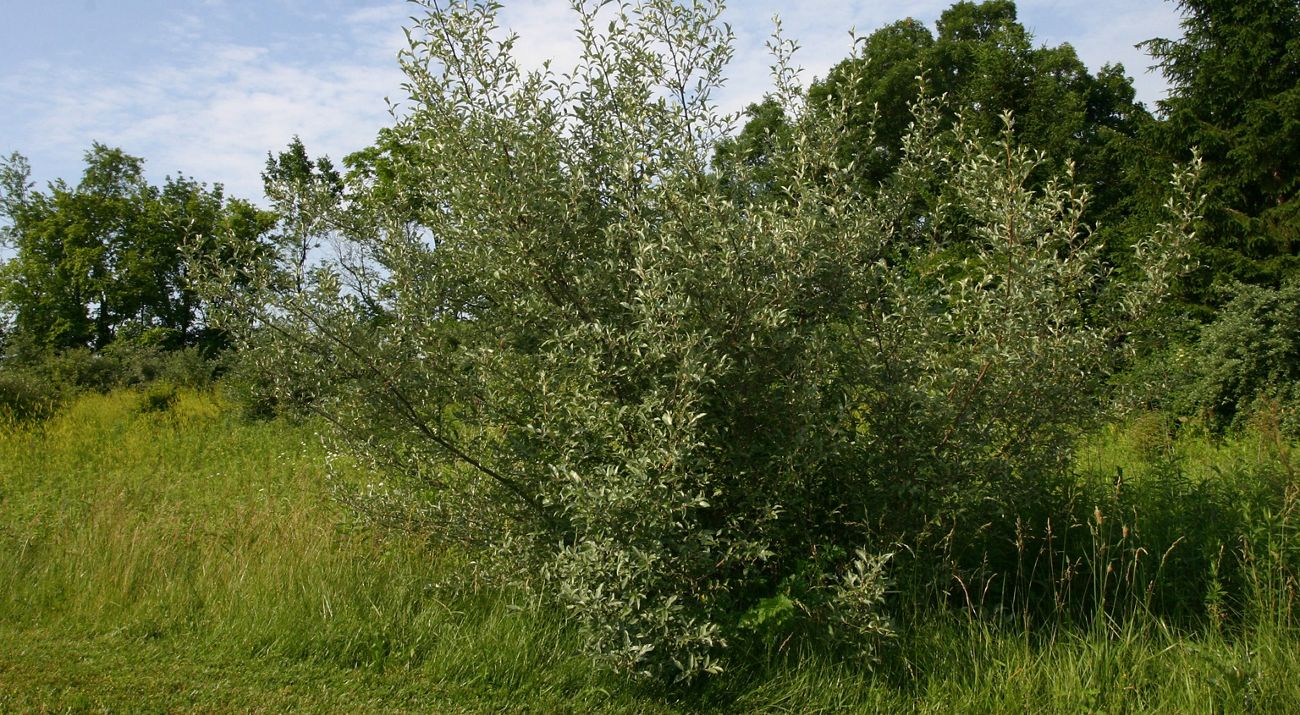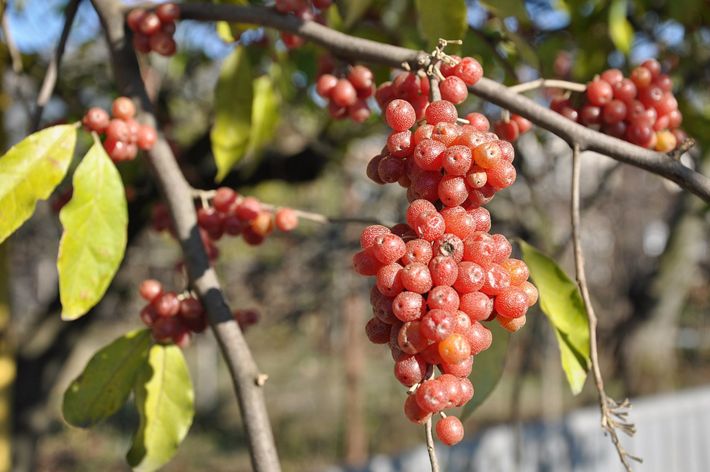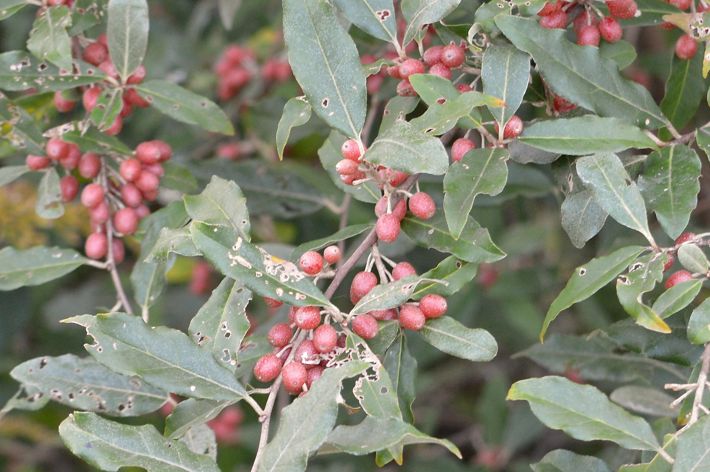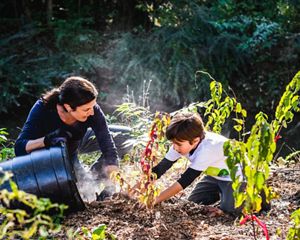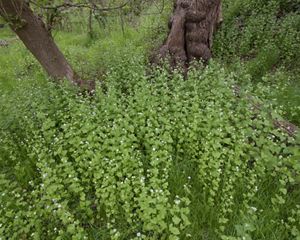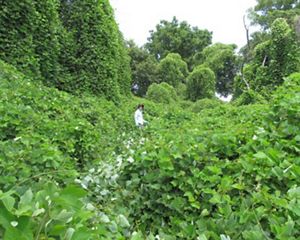Autumn Olive: Your Invasive, Seedy Neighbor
The shrub was planted for soil erosion. But its prolific fruit and seeds have disrupted native ecosystems.
Autumn Olive Fast Facts
Scientific Name: Elaeagnus umbellata
Introduction: Brought to U.S. from Asia in 1800s, planted widely in 1950s for erosion control.
Identification: Grayish green leaves with silvery scales bottom side, gives off shimmery look. Stems are speckled, often with thorns. Bell-shaped cream or yellow flower clusters. Silvery fruit ripens to red.
Edible? Yes, fruit can be eaten raw or made into jam.
What is the Autumn Olive Tree?
Autumn olive (Elaeagnus umbellata) is a deciduous shrub native to Asia that has spread as an invasive species throughout the United States. Introduced in 1830 as an ornamental plant that could provide habitat and food to wildlife, autumn olive was widely planted by the Soil Conservation Service as erosion control near roads and on ridges.
Once thought as the best way to control erosion and provide wildlife habitat, it is now a major hassle. The plant’s positive attributes are quickly outweighed by its rapid and uncontrollable spread across forest edges, roadsides, meadows and grassland, where it displaces native plants.
Autumn olive can grow 20 feet tall and 30 feet wide. Its leaves are elliptically shaped and can be distinguished from other similar shrubs by the shimmery look of the silver scales found on its lower leaf surface. Autumn olive’s bell-shaped flowers are a cream or pale yellow color and bloom in early spring. They bring on red berries dotted with silver scales, which has led the plant to also be known as silverberry.

Let Nature Take Root in Your Inbox
Get the latest news, photos and opportunities near you, delivered monthly. Check out a sample Nature News email.
Why is Autumn Olive a Problem?
Autumn olive is a problem because it outcompetes and displaces native plants. It does this by shading them out and by changing the chemistry of the soil around it, a process called allelopathy. Loss of native vegetation can have cascading effects throughout an ecosystem, and invasive species are one of the major drivers for a loss of biodiversity.
Autumn olive’s nitrogen-fixing root nodules allow the plant to grow in even the most unfavorable soils. Once it takes root, it is a prolific seed producer, creating 200,000 seeds from a single plant each year. Through fruit, birds will spread these seeds far and wide throughout pastures, along roadsides and near fences.
To make matters worse, attempts to remove the shrub by cutting and/or burning created even more autumn olive.
Could Climate Change Make Autumn Olive Worse?
As the climate warms, resilient invasive species like autumn olive can gain even more of a foothold over native plants. This plant takes advantage of changing seasons, leafing out early before native plants and keeping its foliage deep into the fall. By getting a head start, autumn olive can easily shade out other species.
Got Questions About Climate Change?
Our scientists have answers to some of your most frequently asked questions.
Climate FAQAutumn olive can also use fire to its advantage. In both woodland and grassland areas, autumn olive can gain a foothold by sprouting faster than native plants after natural and human-managed fires. As climate change dries out more regions and enhances the risk of fire, hardy invasive plants like autumn olive could benefit.
How to Get Rid of Autumn Olive
Hand pulling autumn olive seedlings is an effective way to rid yourself of the plant. Attempting to remove autumn olive by cutting or burning from your property can cause unwanted spreading, as the shrub germinates easily.
Control efforts before fruiting will prevent the spread of seeds. If the plant is too big to pull, herbicides will be necessary to eradicate the plant from the general area of invasion.
You will need to cut and apply herbicide to the trunk repeatedly, from summer through winter. Make sure to read and follow the directions on the herbicide label precisely.
You can also help by continuously being on the lookout for this pesky invasive species during hikes or walks through your neighborhood. For more information, visit the USDA's National Invasive Species Information Center.
